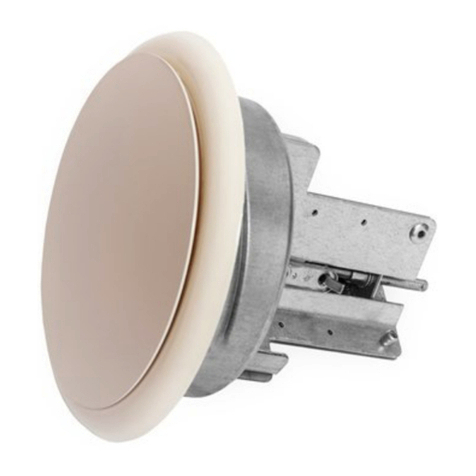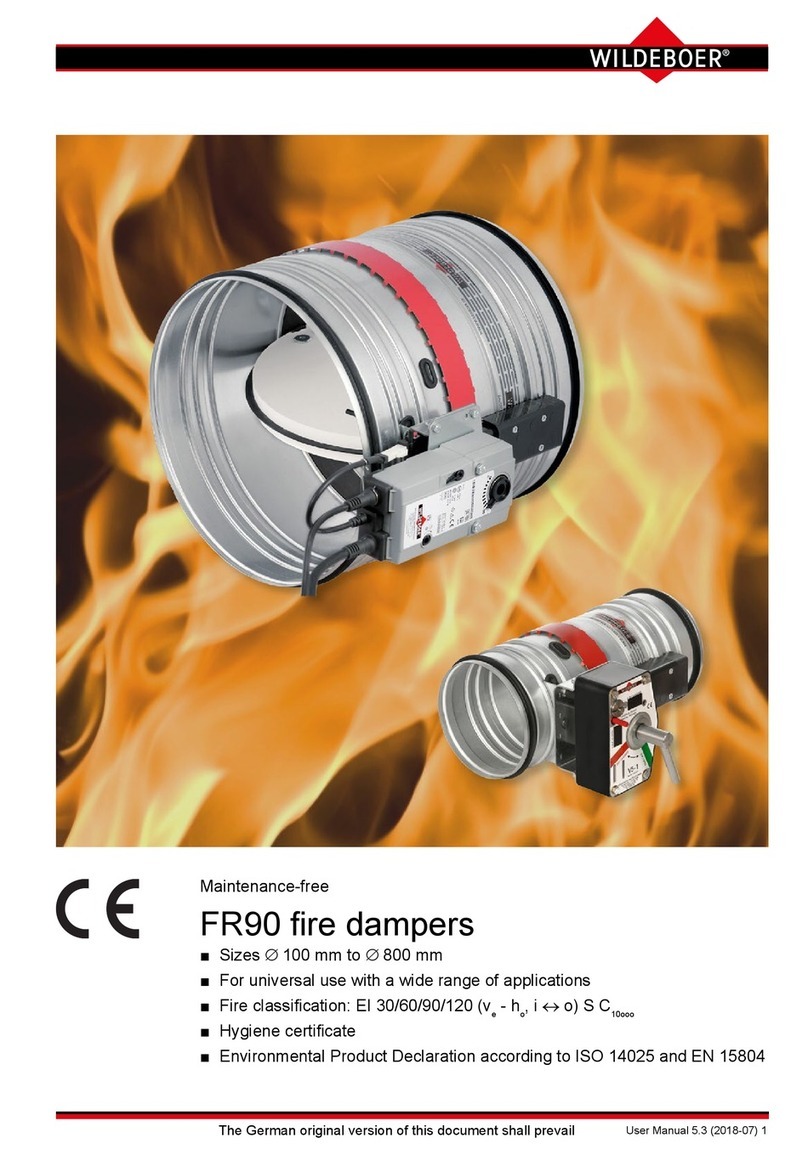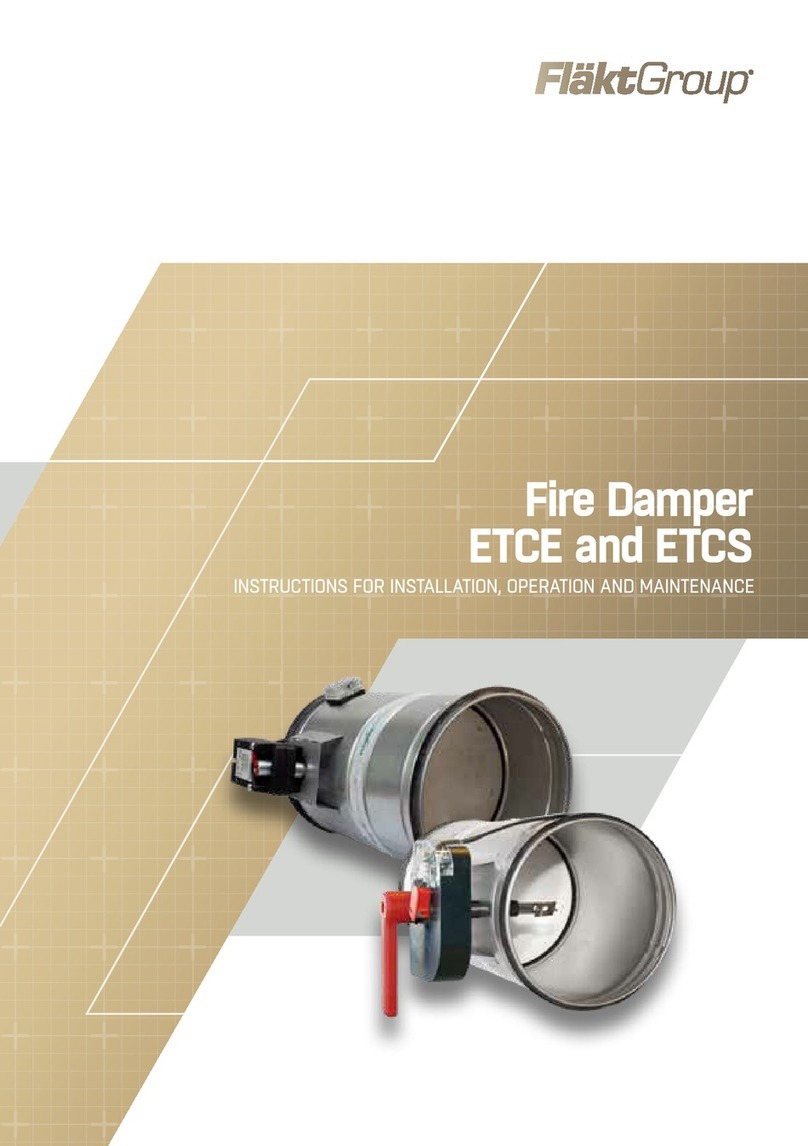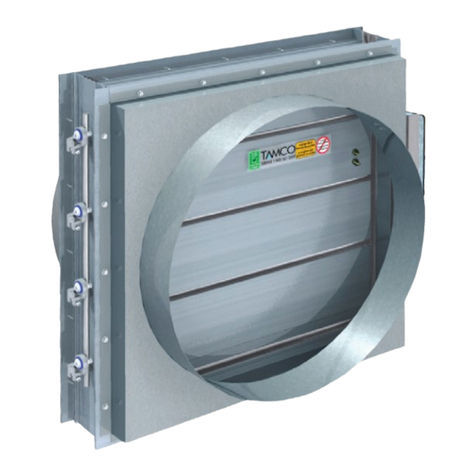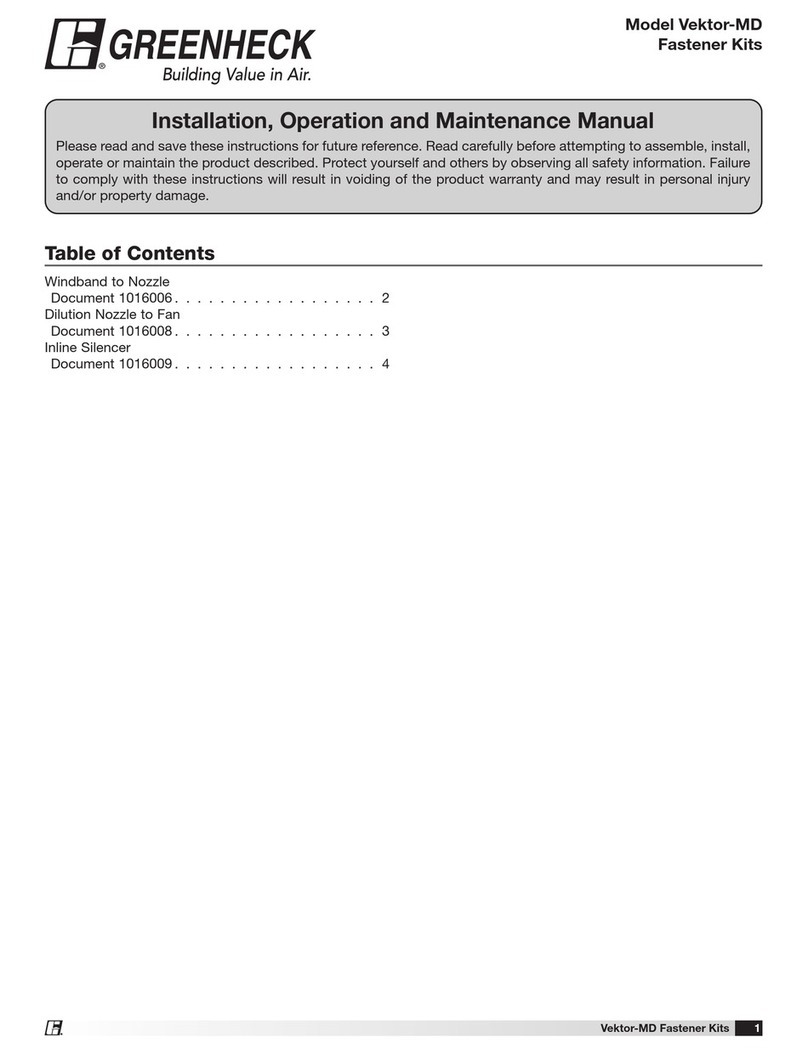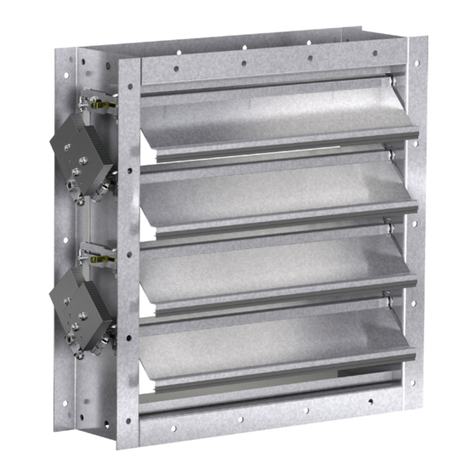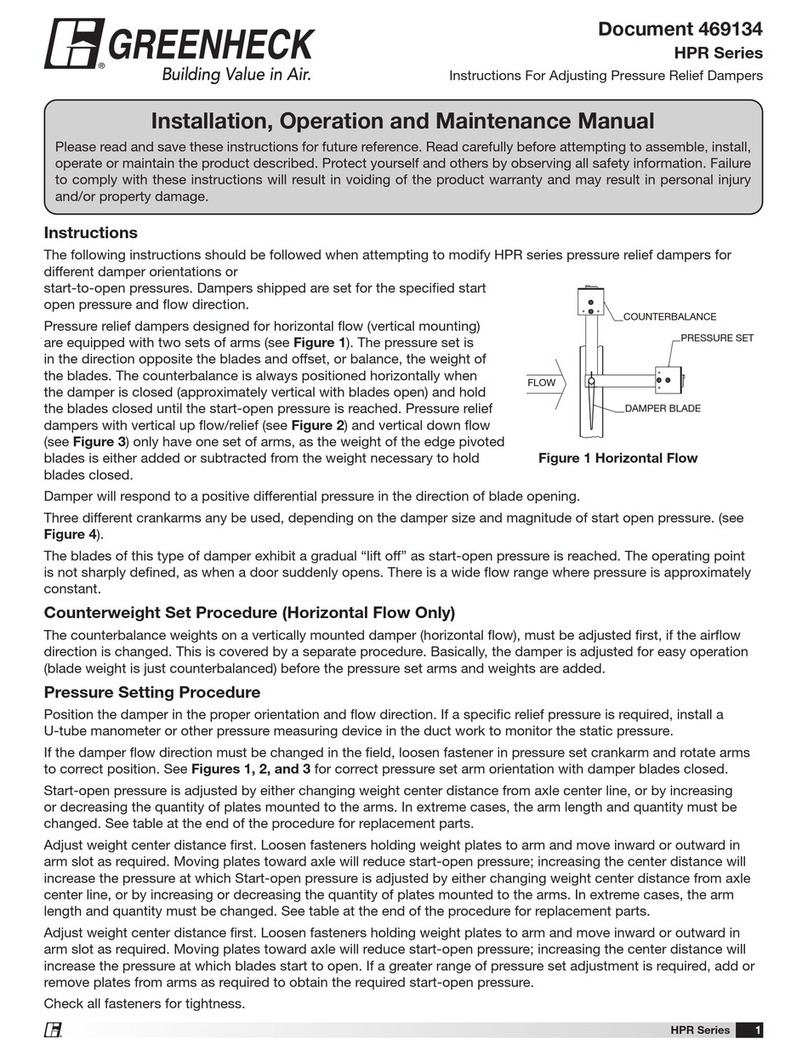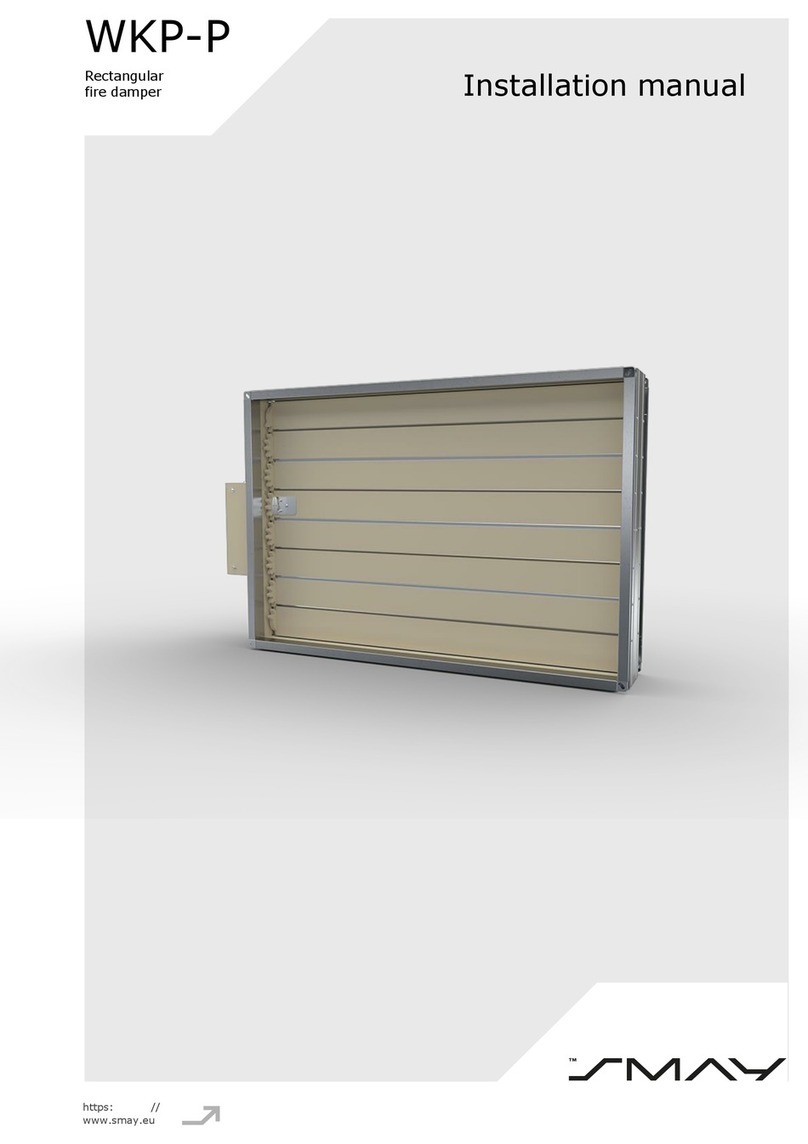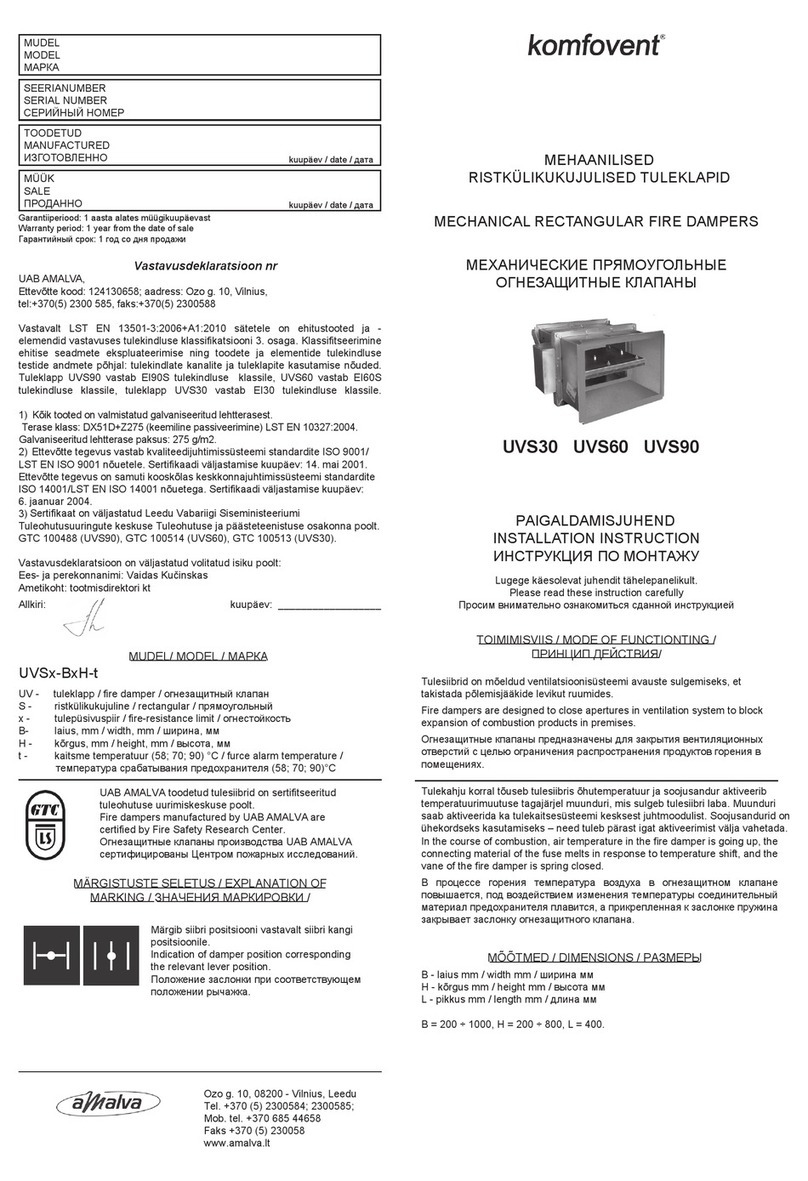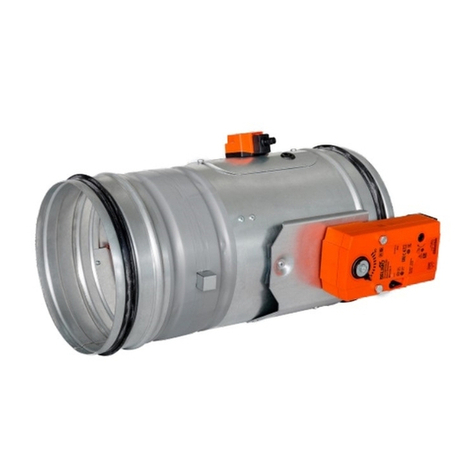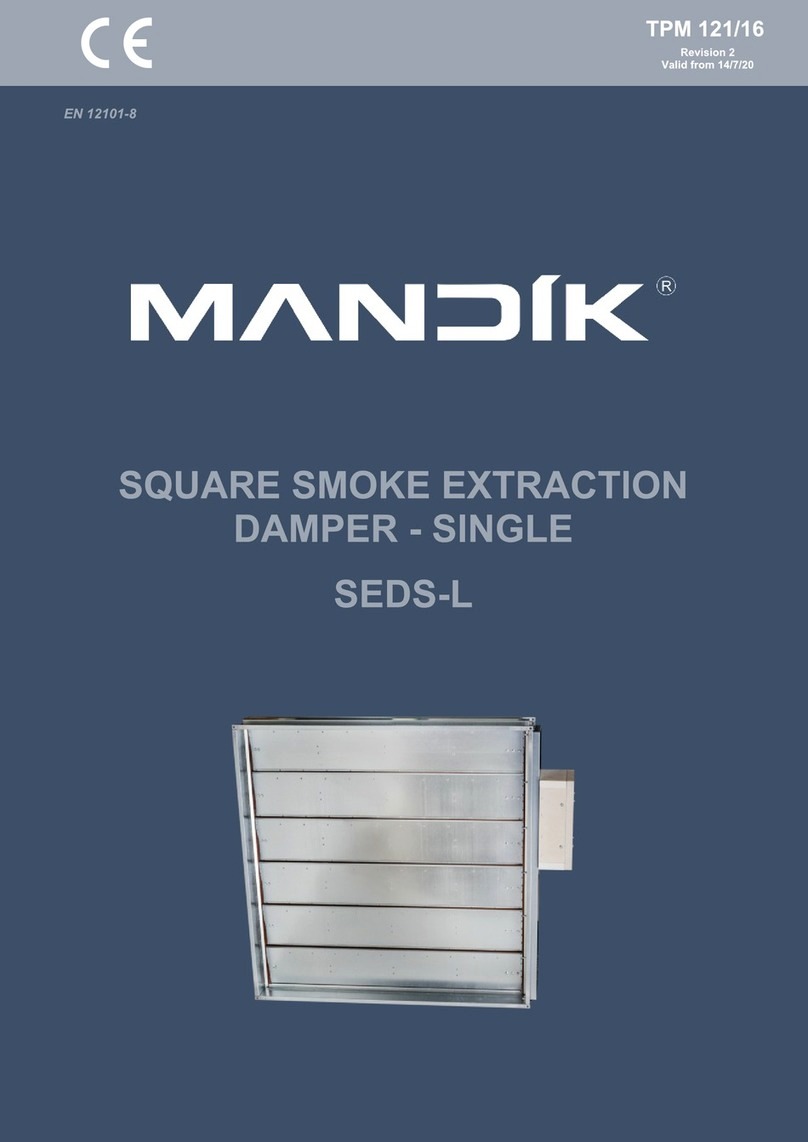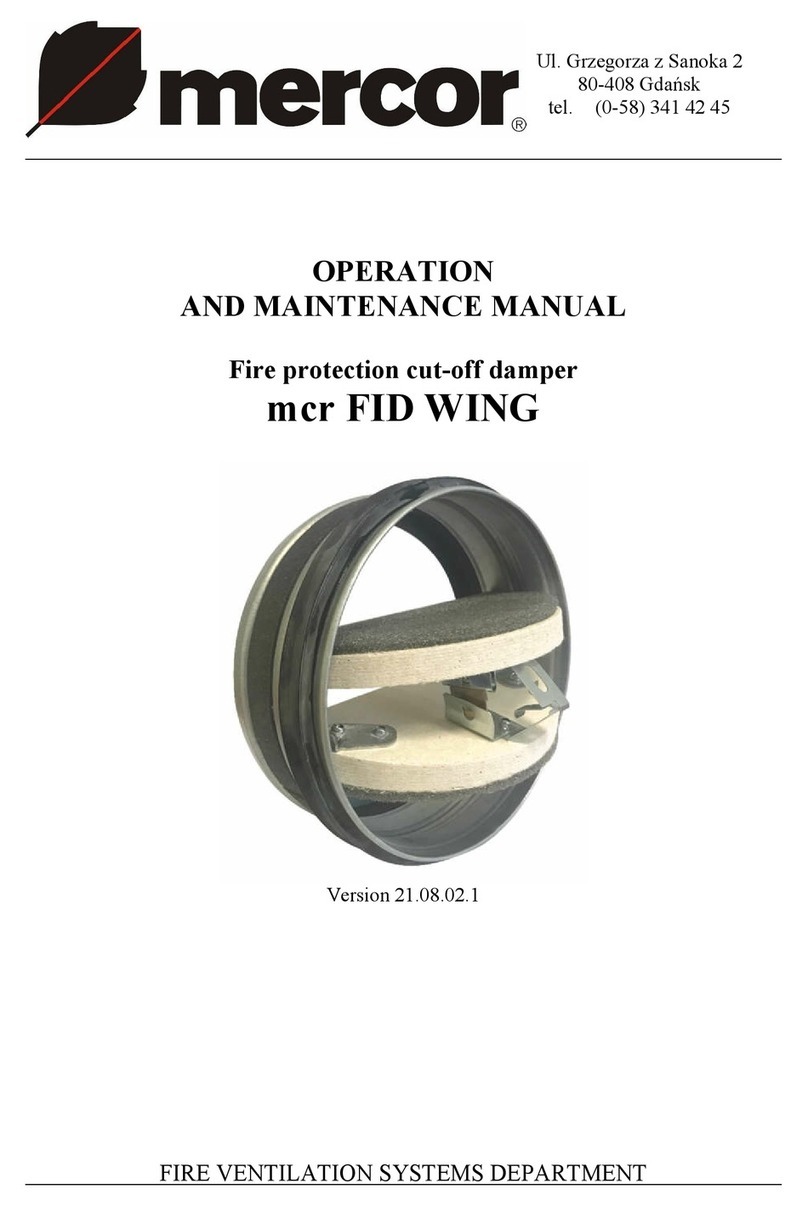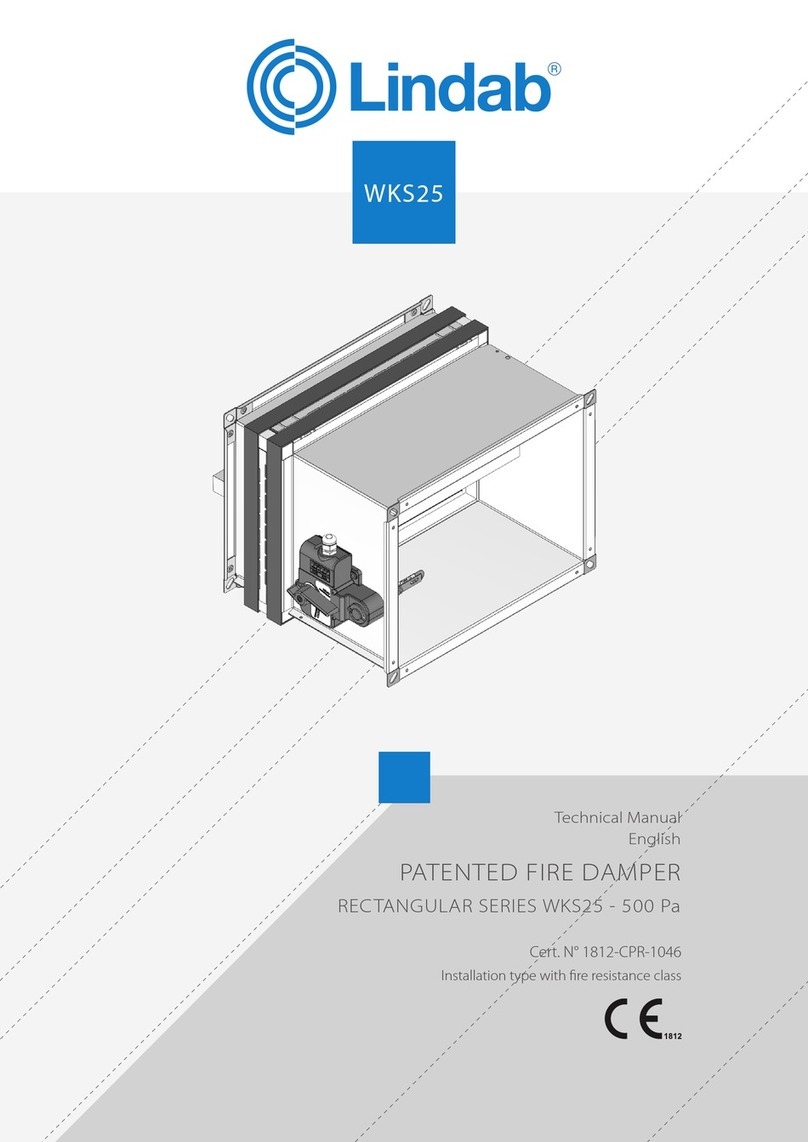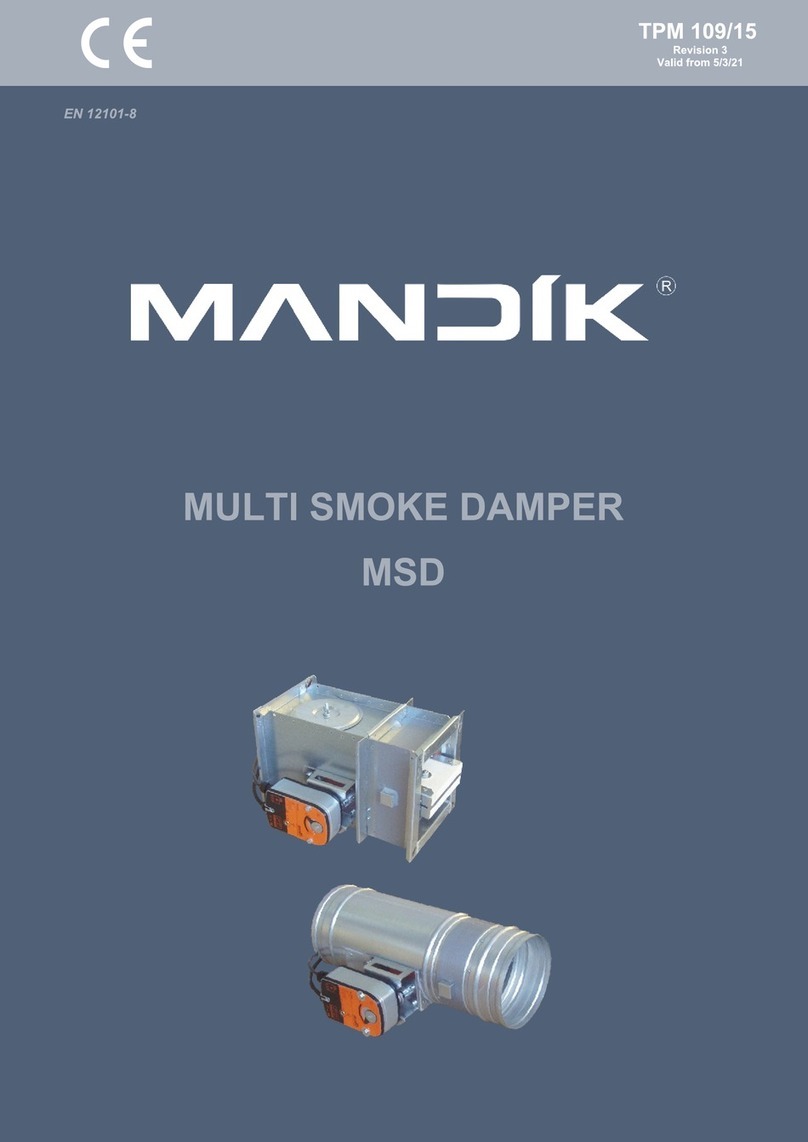
Address: Penske Racing Shocks-The Mill House, Packington Hayes, Litchfield,
Staffordshire. WS14 9PN Page 8of 11
E-mail: sales@penskeshocks.co.uk
Tel: 01543 434 580
Damper Track Tuning
Compression Adjuster
This adjuster is typically used when looking to improve the car over bumps. If your vehicle is
hitting a certain bump that is causing the vehicle to “unload” the tire, simply soften the
compression adjustment. This will allow the shock to absorb the bump, there keeping the
vehicle more stable and making the car more controllable.
You can also use this adjuster to help in controlling the “platform” of the car, or the body
roll. Example- If you are entering a corner and under braking the front of the car is diving to
quickly or the weight being transferred from the back to the front is too much, simply close
the compression adjuster on the front to slow that weight transfer down.
Rebound Adjuster
The rebound adjuster is a great tool for tuning body roll. This is a much more driver sensitive
adjustment than the compression. If you want to slow the pitch of your car from the back to
the front, simply close the rebound off, this will slow the weight transfer.
When you are accelerating off a corner, getting weight transfer to the rear tires is very
important for grip or “forward bite” as its referred to sometime. By softening the front
rebound, this will allow for quicker weight transfer to the rear tires, resulting is better rear
grip. Be careful though, by allowing to much weight transfer to the rear, you may cause a
loss of front grip, resulting in an “under steer” or “tight” condition.
Important!! You can over adjust. Always have a baseline to go back to!!!
Tuning Symptoms & Suggestions
Corner Entry Under Steer/Push
This typically is a result of too much front compression. Soften compression -5 clicks. Soften
the compression until you lose platform in the front of the car, or the front feels under
supported, then go back +2 clicks.
b. Soften rear rebound. Sometimes too much rear rebound will not allow weight to transfer
to the front which can cause and under steer condition.
Corner Entry Over Steer/Loose
Add rear rebound. You don’t want to take grip away from the front if you don’t have to. So
first work on the end of the car with the grip issue, in this case is the rear. Stiffen rear
rebound, if the rear is too soft, it will allow too much weight to transfer to the front too
quickly. By slow this, you will keep more weight on the rear, generating more grip, longer
into the corner.
Mid Corner Under Steer/Push
First try and determine if the chassis is taking a set, then going into under steer, or if it
under steers before taking a set.
